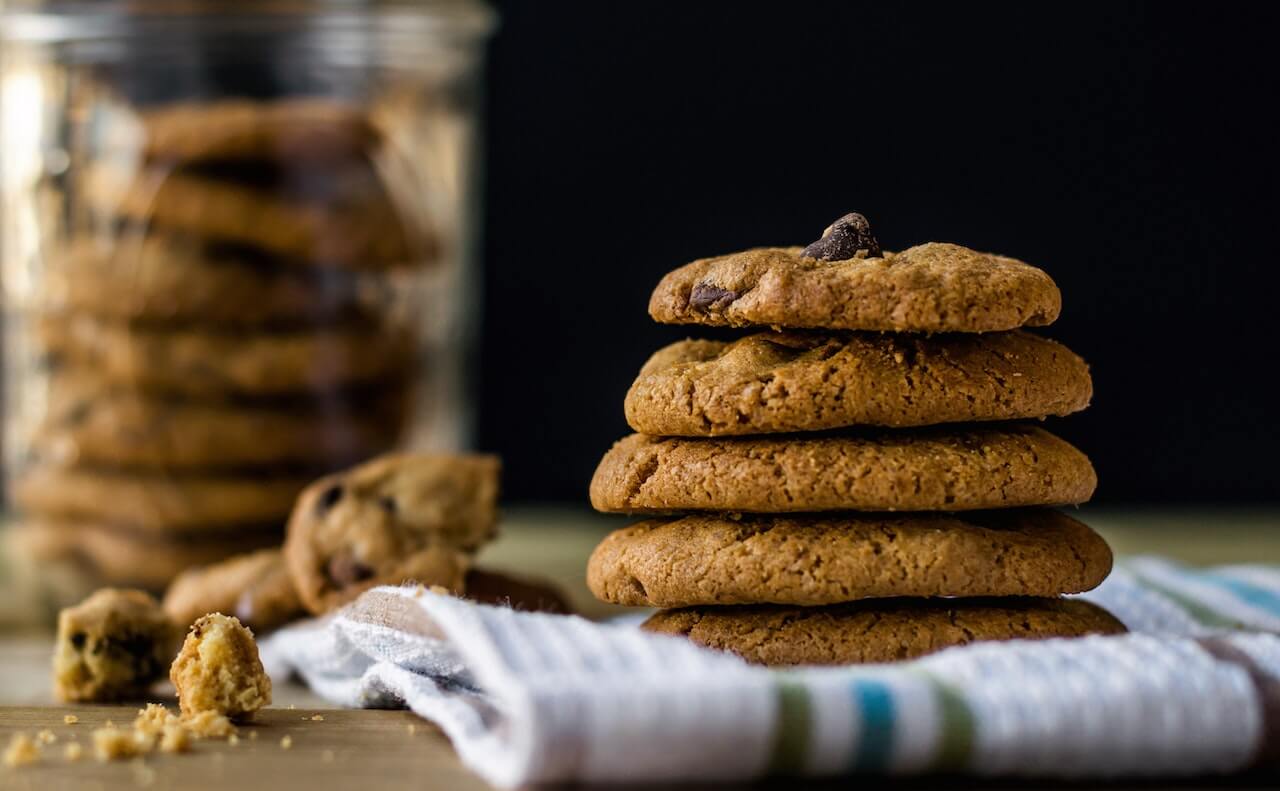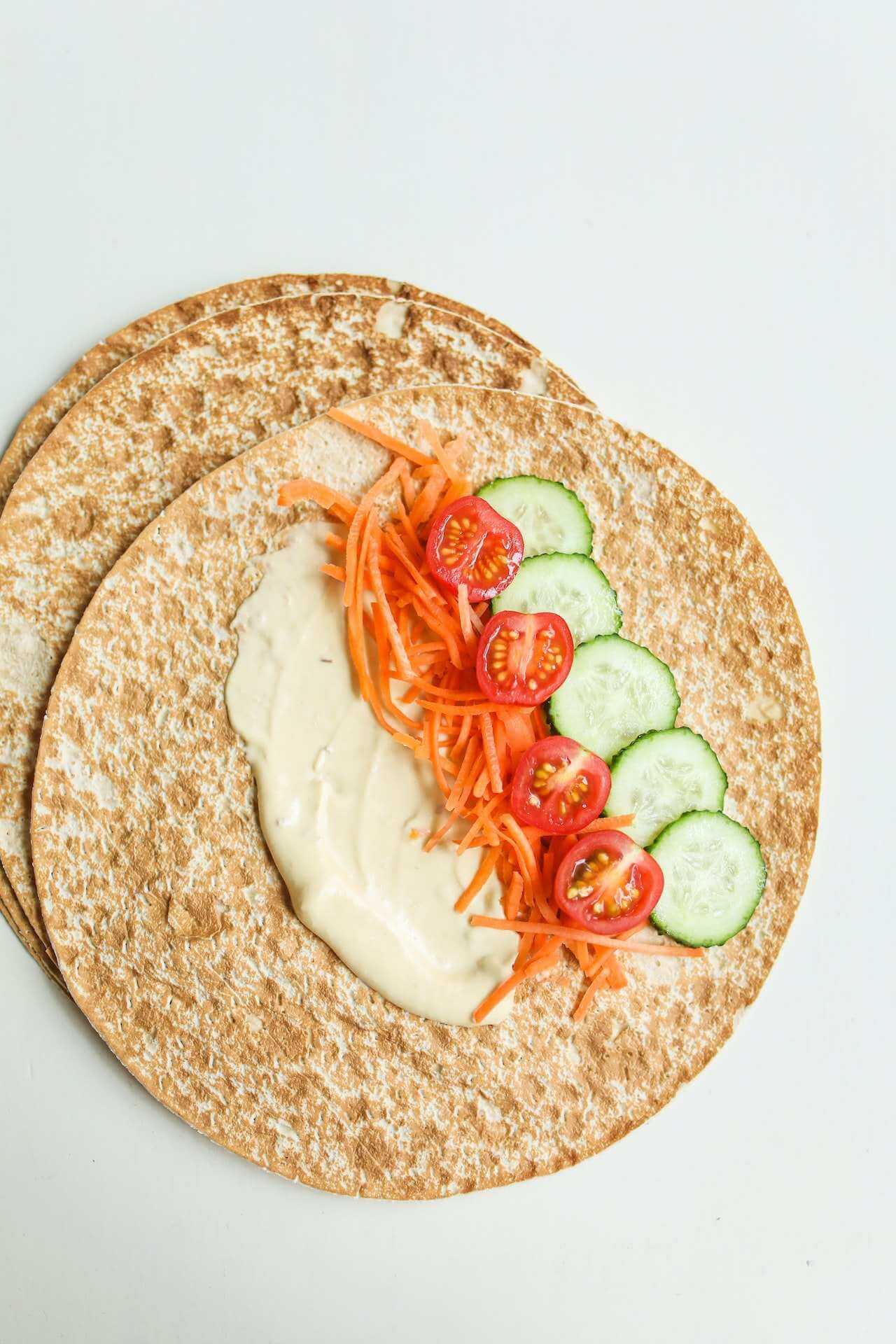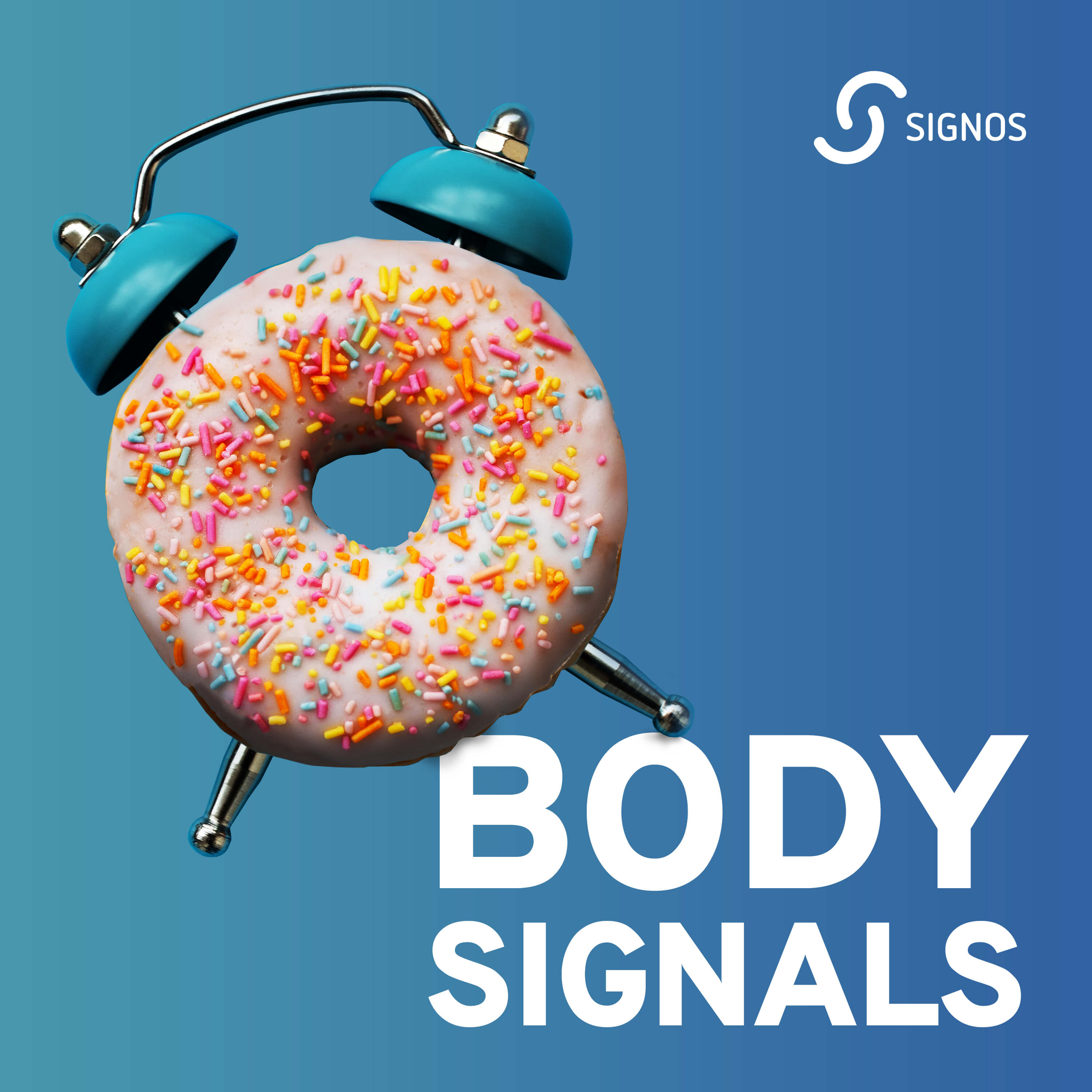Is gluten-free low-carb?
Is gluten-free keto?
Do "gluten-free" and "low carb" go hand in hand? No.
Of course, gluten-free foods can be low carb but not all gluten-free foods are low in carbohydrates.
Gluten, a mix of proteins found in wheat grains, helps provide structure, texture, and flavor to bread, pizza dough, pasta, cereal, and other grain-based foods that may also contain high amounts of carbohydrates.
Low-carb diets, such as keto, paleo, Atkins, and carnivore, tend to be low in or free from gluten since gluten is most commonly found in carbohydrate-rich foods. That said, gluten-free diets and gluten-free foods aren’t necessarily low in carbohydrates.
{{mid-cta}}
What is Gluten?
Gluten is a protein found in wheat, barley, and rye, gluten acts as a binding and extending agent used to retain moisture, improve texture, and enhance the flavor of foods.1 Gluten is naturally occurring but can also be added to foods and other products.
In the human body, digestive enzymes help with breaking down food after consumption. Protease is a specific enzyme that breaks down and processes protein, but it is unable to completely break down gluten. Undigested gluten will make its way to the small intestine. While most people can tolerate undigested gluten, in others, the gluten can trigger a severe autoimmune response or other unpleasant symptoms.
An autoimmune response to gluten is often diagnosed as Celiac disease. People with Celiac disease must cut out gluten to avoid symptoms of diarrhea, bloating, gas, and fatigue, as well as longer-term complications of anemia, osteoporosis, and damage to the lining of the small intestine.
Those who run to the restroom after eating gluten and don’t test positive for Celiac disease may have Non-Celiac Gluten Sensitivity (NCGS), an inflammatory disorder with gastrointestinal issues similar to irritable bowel syndrome.2 It’s harder to test for NCGS than Celiac or a wheat allergy, as no specific clinical biomarkers are present.3
Most people who suspect they’re sensitive to gluten try elimination diets that remove gluten for a period of time before adding it back in to see if symptoms return.
Even people who don’t experience severe or moderate reactions to gluten or wheat may avoid it because they believe gluten is unhealthy. Many proponents of gluten-free diets or grain-free, low-carb eating plans suggest that gluten triggers inflammation, autoimmune diseases, and changes to the gut microbiome.4
Some data suggest that following a gluten-free diet may help alleviate gastrointestinal symptoms in people with skin conditions, arthritis, irritable bowel syndrome, type 1 diabetes, and neurologic disorders.5 But, the research identifies few benefits to eating gluten-free for healthy people without gluten-intolerant disorders or diseases.
One small study conducted on ten healthy people found that the number of healthy gut bacteria decreased, while the number of unhealthy bacteria increased when participants cut out carbohydrates with gluten from their diets for one month.6
Another review of scientific studies concluded that a gluten-free diet does not fully restore the optimal gut microbiome makeup and function.7
A different review of scientific literature revealed that few substantial benefits exist for people who don’t have Celiac disease, NCGS, or gluten sensitivity; rather, potential drawbacks include possible nutritional deficiencies and burdensome social and financial impact.8
6 Foods with Gluten
Gluten is present in wheat, rye, and barley products. It may seem impossible to avoid gluten if you heavily rely on bread and pasta for energy and satiety. However, the rise in popularity of low-carb and gluten-free diets makes it easier than ever to follow a gluten-free lifestyle, as food manufacturers now produce a variety of gluten-free bread, pasta, crackers, cereals, beers, cookies, and more with comparable taste and texture to their gluten-containing counterparts.
Foods that often contain gluten are:
- Bread and cakes
- Candy
- Cookies and crackers
- Beer
- Pasta
- French fries

What are Some Gluten-Free Substitutes?
Some gluten-free foods may also be low-carb foods, but this isn’t always the case. For example, a four-ounce chicken breast contains zero grams of carbs and no gluten.22 A sweet potato, on the other hand, contains no gluten but has 26 grams of carbs.23 Two slices of Udi’s whole grain gluten-free bread contain 22 grams of carbs.24
The takeaway: Gluten-free pizza, gluten-free pasta, gluten-free bread, gluten-free flour, and more are not necessarily low in carbohydrates. Gluten-free and low-carb are not synonymous.
Read food labels carefully to avoid gluten and high amounts of carbs. Generally, the most nutritious and cost-effective way to follow a gluten-free diet is to eat whole foods like fruits, vegetables, meat, poultry, seafood, fish, dairy, beans, seeds, nuts, and legumes.
Gluten-free substitutes include:
- Amaranth
- Arrowroot
- Buckwheat
- Cassava
- Corn
- Flax
- Nut flours
- Quinoa
- Rice
- Tapioca
Does Gluten Impact Blood Sugar?
Gluten alone may not raise blood sugar, but many foods containing gluten can raise blood glucose levels. Grain-based foods that contain gluten can also contain a high amount of carbohydrates. High-carb foods—with or without gluten—can raise blood sugar levels after consumption, as they release higher amounts of glucose (sugar) into the bloodstream than lower glycemic foods.
Interestingly, a link exists between diabetics, people with trouble regulating blood sugar normally, and Celiacs, people who can’t tolerate gluten.
People living with diabetes have difficulty self-regulating glucose in the bloodstream. In people living with type 1 diabetes, the beta cells in the pancreas produce very little or no insulin, a hormone needed to push sugar (glucose) into the cells to make energy.
Celiac disease and type 1 diabetes share similar genetic backgrounds; this explains, in some ways, the high prevalence of patients with both diseases..9 A research review suggests that in patients with a genetic predisposition to Celiac disease and type 1 diabetes, a gluten-free diet may preserve beta-cell function.10
Insulin sensitivity, where the cells are more responsive to insulin and use blood glucose more efficiently, improved when 17 study participants at risk for type 1 diabetes followed a gluten-free diet for six months but decreased when they returned to their normal diets. This study’s findings support the idea that a gluten-free diet may help preserve beta-cell function in high-risk individuals.11
What are Carbohydrates & How Do They Impact Blood Sugar?
Carbohydrates are sugars, starches, and fibers found in milk products, fruits, vegetables, grains, and sweeteners. Carbs break down into sugar, or glucose, in the blood and are converted into energy.
High-carb foods and drinks raise blood sugar shortly after consumption. In healthy people, when a rush of glucose enters the bloodstream, the beta cells in the pancreas release an amount of insulin proportional to the amount of glucose in the blood. Insulin directs the glucose into the cells to be used for energy.
Any unused energy gets moved to the liver and muscles for future use. When the liver and muscle stores reach capacity, any unused glucose gets stored in fat tissues.
When glucose gets stored repeatedly and doesn’t get used by physical activity or intermittent fasting, fat storage accumulates, and weight gain happens. A habitual long-term cycle of eating and drinking more sugar than you need and can burn is associated with detrimental health outcomes such as insulin resistance, metabolic syndrome, obesity, type 2 diabetes, and cardiovascular disease.12,13,14,15,16
Low-Carb and Gluten-Free Diets
While both low-carb and gluten-free eating styles involve cutting out or limiting high-carbohydrate foods, these diets are far from the same.
What is the Difference Between Low-Carb and Gluten-Free?
A gluten-free diet involves avoiding all gluten but not other food options. As long as the food item does not contain gluten properties, individuals are free to eat the item. This can include high-carb foods like fruits, vegetables, rice, and quinoa.
A low-carbohydrate diet, such as keto or paleo, focuses on limiting all types of carbohydrates. Followers of this eating style prioritize protein-rich foods, healthy fats, and non-starchy vegetables. Often people turn to low-carb diets to lose weight, while followers of a gluten-free diet often adopt this eating style due to dietary reasons including disease, allergy, or gluten intolerance.
Gluten-Free vs. Low-Carb Diets for Weight Loss
In patients with Celiac disease, following a strict gluten-free diet did improve body mass index in the participants of one study.17 That said, another study on overweight participants with Celiac disease showed that participants gained weight after following a gluten-free diet.18
While little published peer-reviewed research exists to support the efficacy of a gluten-free diet for weight loss in healthy people without Celiac disease, it’s worth noting that simply removing gluten from the diet without any other changes is unlikely to result in weight loss.
Myriad celebrities, wellness influencers, and regular people tout the effectiveness of low-carb diets for weight loss. People have lost weight following low-carb lifestyles like the ketogenic, paleo, Atkins, and carnivore diets. But, similar to gluten-free diets, limiting or removing carbohydrates without any other changes may not lead to sustainable weight loss.
Research doesn’t show definitive support for restricting or eliminating carbohydrates to lose weight. One review of low-carb diets found that caloric restriction and duration of the diet were associated with weight loss but not the restriction of carbs specifically.19
Another study attributed weight loss and weight maintenance to high protein and not low carb in research that compared four types of diets with normal, high, and low amounts of carbs and protein.20
A review of low-fat diets versus low-carb diets for weight loss found effectiveness to be dependent on the individual’s glucose metabolism.21 Those who could handle glucose normally appeared to lose the most weight on a low-fat, high-carb diet. Prediabetic people succeeded more when their diets included low-glycemic, high-fiber whole grains. For overweight and obese diabetics, reduced carbs and relatively higher protein and fat proved beneficial for weight and glycemic control.
Gluten-Free vs. Low-Carb vs. Keto
As mentioned above, there is a myriad of confusion around the differences between keto, low-carb, and gluten-free diets.
While keto is considered a low-carb eating style, it is generally a more restrictive diet than low-carb. Low-carb eating styles promote eating non-starchy vegetables and fruit and encourage consuming healthy fats. In the ketogenic diet, individuals drastically reduce their carbohydrate intake to only 5% of daily consumption, with 70% of calories from fats.
As stated above, a gluten-free eating style does not focus on calories or macronutrients; instead, the goal is to eliminate all gluten products from an individual’s diet.
Gluten-Free or Low Carbs Diet, Which One to Choose?
Studies can tell us the overall impact of a diet on a group of people, but each of us will have our responses to food. However, if a low-carb or gluten-free diet sounds too restrictive or feels too much like a short-term plan, you can use the principles of these eating styles to work with your lifestyle.
Signos can help you better understand your response to food so you can make food choices that match your physiology. Maybe fruit and starchy veggies work well for you, but oatmeal spikes your blood sugar immediately. In this case, you could customize the types of carbs you avoid instead of cutting them out altogether.
Finding a food pattern that matches your lifestyle, makes you feel good, and is sustainable long-term is the ultimate goal, and learning how your body responds to food can help you get there.
FAQ About Gluten-Free and Low Carbs Diets
Can You Be Keto And Gluten-Free?
Many people on the keto diet indulge in gluten-free grains like quinoa, spelt, or teff. You can also look for gluten-free products made with almond flour or coconut flour—these options are usually delicious and keto-friendly!
Is Gluten-Free Bread Good for Low-Carb Diets?
Certain brands of gluten-free bread are available on the market today that would fit in a low-carb diet and allow individuals to stay in ketosis. These breads are often rich in healthy fats and proteins. Be careful to read the nutrition label carefully to ensure an item fits your eating style.
What Are The Benefits of Gluten-Free?
Some data suggest that following a gluten-free diet may help alleviate gastrointestinal symptoms in people with skin conditions, arthritis, irritable bowel syndrome, type 1 diabetes, and neurologic disorders.5
- Item 1
- Item 2
- item 3
References
- https://pubmed.ncbi.nlm.nih.gov/28244676/
- https://pubmed.ncbi.nlm.nih.gov/24369326/
- https://pubmed.ncbi.nlm.nih.gov/27341511/
- https://www.mdpi.com/2076-3271/6/4/92/htm
- https://aspenjournals.onlinelibrary.wiley.com/
- https://www.tandfonline.com/doi/full/
- https://www.sciencedirect.com/science/article/
- https://www.ncbi.nlm.nih.gov/pmc/articles/
- https://www.nejm.org/doi/full/10.1056/
- https://link.springer.com/article/
- https://academic.oup.com/jcem/article/
- https://jamanetwork.com/journals/
- https://www.cambridge.org/core/journals/
- https://www.ncbi.nlm.nih.gov/pmc/articles/
- https://www.sciencedirect.com/science/article/
- https://www.tandfonline.com/doi/abs/
- https://journals.lww.com/jcge/Abstract/
- https://journals.lww.com/ajg/Abstract/
- https://www.sciencedirect.com/science/article/
- https://www.sciencedirect.com/science/article/
- https://www.thelancet.com/article/
- https://www.fatsecret.com/calories-nutrition/
- https://www.fatsecret.com/calories-nutrition/usda/sweet-potato
- https://www.fatsecret.com/calories-nutrition/udis/
- https://celiac.org/gluten-free-living/gluten-free-foods/
- https://www.fatsecret.com/calories-nutrition/usda/celery
- https://www.fatsecret.com/calories-nutrition/glutino/
- https://www.fatsecret.com/calories-nutrition/generic/spaghetti
































